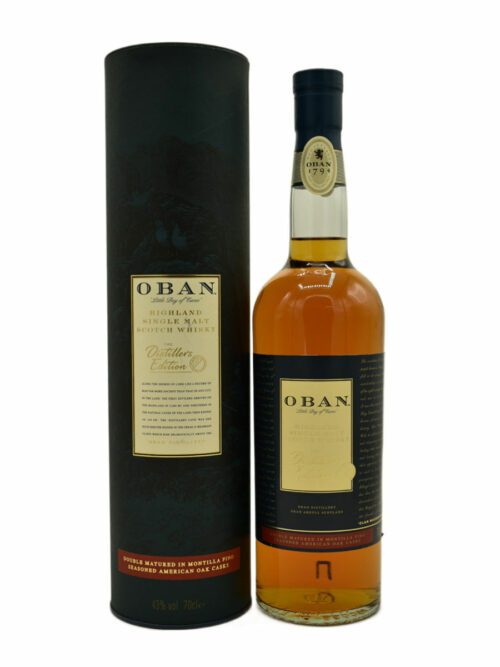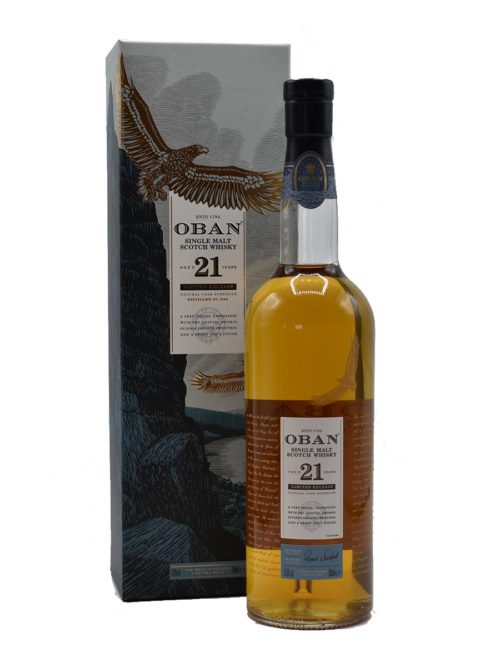History of Oban Distillery
Oban is a lonely distillery on the western coastline of the Scottish Highlands. Built in 1793 in the town of the same name by prominent local businessmen John and Hugh Stevenson, Oban is one of Diageo’s smallest distilleries. With a briny character that comes from its seaside location, Oban whisky is also known to have a touch of peat common to the islands it looks across at.
The distillery stayed with the Stevensons for three generations until it was bought by Peter Curmstie in 1866 upon the death of Hugh’s grandson, John Stevenson. He owned the distillery for 17 years before selling it to John Walter Higgin in 1883. Oban underwent a period of growth under Higgins, first benefitting from the arrival of the railway from Glasgow in 1888. Higgin then significantly refurbished the distillery before selling it on in 1898. This proved to be a timely exit for Higgin, as he got out just before the whisky market collapsed in the Pattison crash.
This didn’t end Oban however. It passed through several more hands until 1925 when Distillers Company Limited, later part of Diageo, became the new owners. However the honeymoon period was short lived, as the distillery was mothballed in 1931, and stayed shut for the next six years. The distillery closed again in 1968, but this time it was not due to any failing, but to allow it to be rebuilt. The floor maltings were also decommissioned at this time.
Oban first appeared as a single malt in 1979, eight years after it reopened. DCL put out a 12 year old, which was the only distillery bottling released for almost another decade. Today Oban is a rarity among Diageo’s stable in that it is their only distillery whose entire output is released as single malt whisky. This is a factor in making independent bottlings a rarity.
The distillery is equipped with a 7 ton traditional rake and plough mash tun, four Larch washbacks, and a single set of stills. Worm tubs and tubes are used to cool and condense the spirits after distillation. Combined with a long fermentation time of 110 hours on average, this gives the distillery a production capacity of just 870,000 litres a year.
The core range at Oban consists of the 14 year old, and the Little Bay and Distillers Edition, both released without age statements. The 14 year old has a strong trend of sweetness and smoke intermixed. There is light peat and salt on the nose, along with a basket load of fruit. The palate contains a more honeyed sweetness, along with oak and a gentle smoke, leading into a long sweet finish. A 21 year old aged in refill European Oak butts also came out in the Special Releases range in 2018.








